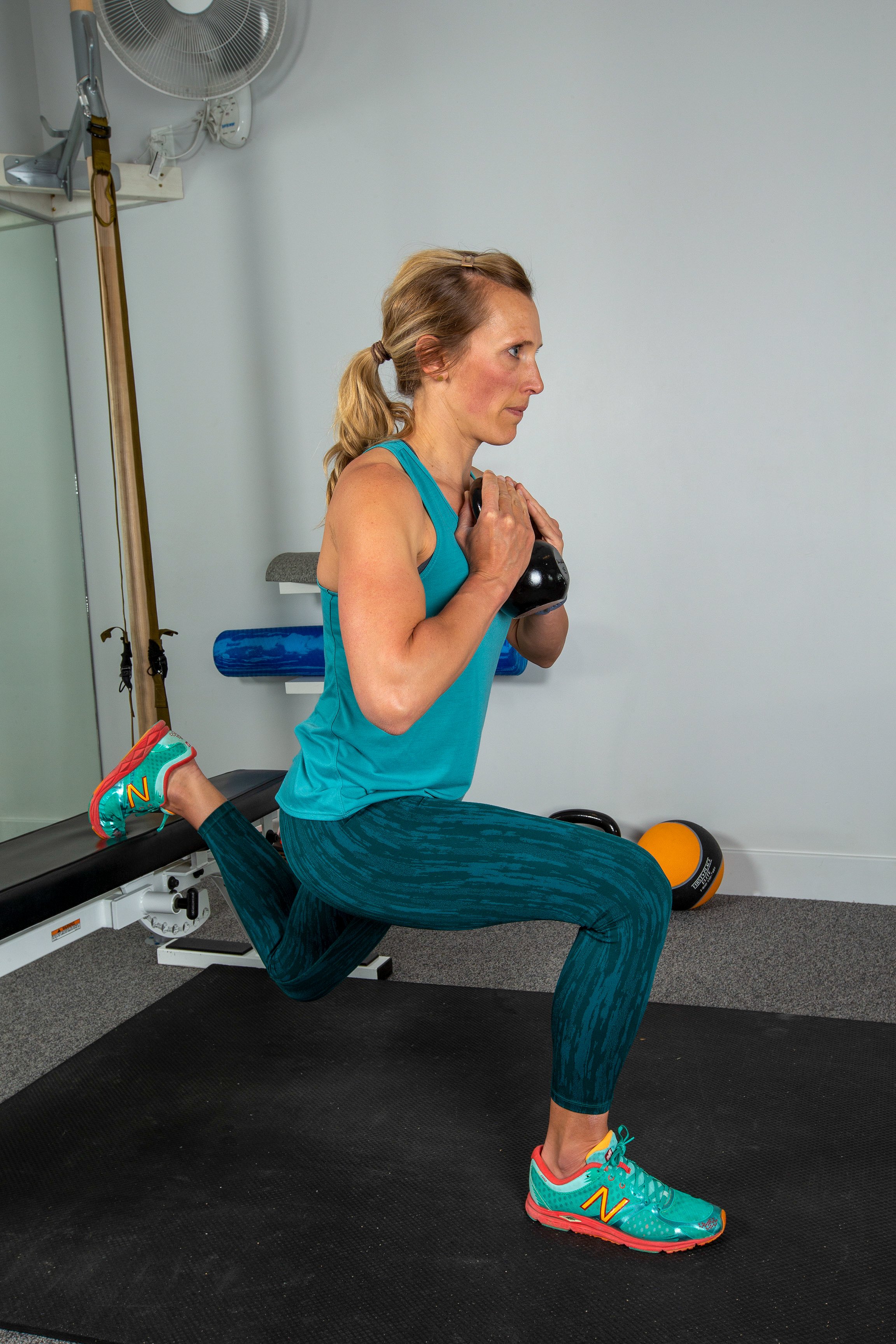Patellar tendinopathy also known as “jumper’s knee” is one of the most common chronic knee injuries found in tennis and racquet sport athletes. Similar to other tendon injuries, patellar tendinopathy used to be referred to as a tendinitis but more recent research indicates a lack of inflammatory cells. Instead, an imbalance in loading (activity > recovery) often in the presence of lower body weakness causes a break down in the tendon cells (tendinopathy). The best treatments for this condition in tennis players include activity modification to match a tennis players activity to their injured tendon’s tissue tolerance, as well as, a progressive strengthening exercise program to return to the tennis court. These have been shown to remodel the injury tendon and help return an athlete to sport. A recent randomized, controlled trial was published to determine the most effective Physical Therapy exercise program for this condition.
Breda and colleagues published their randomized, controlled trial in the British Journal of Sports Medicine (2020). Authors randomized athletes with chronic (> 2 years) of patellar tendon pain to one of two training programs. The eccentric training program completed painful exercises (<5/10) performed twice a day for 12 weeks. Exercises included decline single leg squat with body weight progressing to holding weights or a loaded backpack. Participants performed the concentric phase with the non involved leg and the eccentric phase with the involved leg. The progressive tendon strengthening group completed exercises over 4 stages with less than or equal to 3 out of 10 of the pain scale at each stage.
· Stage 1 – Daily isometric single leg press or knee extension at 60 degrees, 5 x 45 seconds at 70% MVIC
· Stage 2 – Stage 1 isometric exercises on day one, isotonic stage 1 exercises on day two. 4 sets x 15 reps progressing up to 0-90 degrees of knee flexion and increased load to 4 sets x 6
· Stage 3 – Plyometric exercises on 3rd day including running, jump squats, box jumps. 3 sets of 10 with both legs progressing to 6 x 10 with one leg. Continued strength training on day 1 and 2 consistent with stage 2.
· Stage 4 – Return to sport specific training with continued strength training twice a week
Each group also performed a similar round of lower body flexibility and glut strengthening exercises.
Authors reported 82% of patients had completed prior Physical Therapy before entering this higher level loading program. The patients in the progressive loading group had significantly less pain at follow up compared to their peers in the eccentric program. In addition, a larger percentage of these patients entering the progressive exercise group returned to sport (43% vs 27%).
Click here to schedule your first appointment with the experts at MEND

